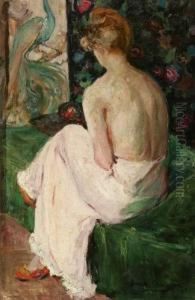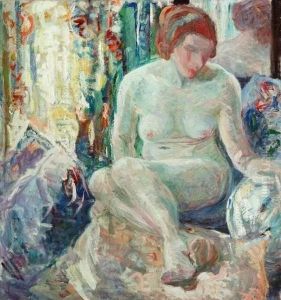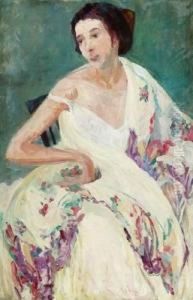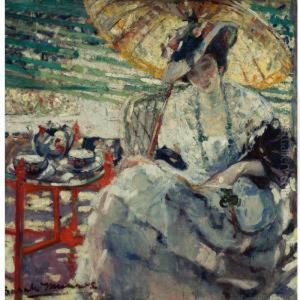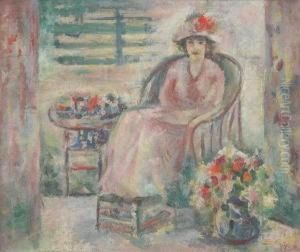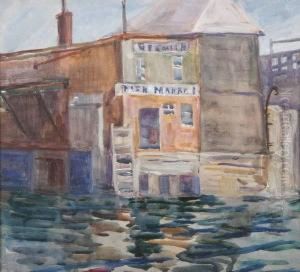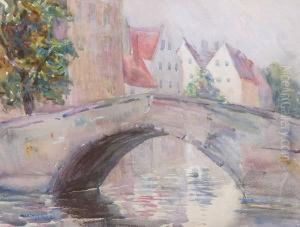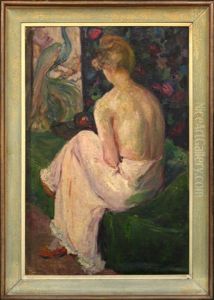Sarah Sewell Munroe Paintings
Sarah Sewell Munroe was an American artist born in the late 19th century, a period that saw significant changes and developments in the art world. Born in 1866, Munroe emerged as an artist during a time when the art scene was beginning to appreciate more diversity in styles and techniques, and when the roles of women in the arts were slowly beginning to evolve. Despite the challenges that came with being a female artist in a predominantly male-dominated field, Munroe managed to carve out a space for herself, becoming known for her unique contributions to the arts.
Throughout her career, Sarah Sewell Munroe was particularly recognized for her works in painting and illustration. Her style, which often incorporated elements of realism and impressionism, reflected the broader artistic movements of her time, yet carried a distinct personal touch that made her pieces stand out. Munroe's subject matter varied widely, including landscapes, portraits, and still lifes, showcasing her versatility as an artist. Her ability to capture the essence and beauty of her subjects won her acclaim and a dedicated following.
Despite the limited recognition of female artists during her time, Munroe's talents did not go unnoticed. She participated in several exhibitions and her works were celebrated in various artistic circles. Beyond her contributions to the visual arts, Munroe was also involved in the broader cultural and intellectual communities of her era, engaging with contemporary issues and supporting the arts in various capacities.
Sarah Sewell Munroe passed away in 1949, leaving behind a legacy that has continued to inspire and influence artists and art enthusiasts alike. Her life and work stand as a testament to the challenges and achievements of female artists in the late 19th and early 20th centuries. Munroe's persistence in pursuing her artistic passion, in spite of the societal constraints of her time, makes her story particularly compelling and her art a cherished part of American cultural heritage.
